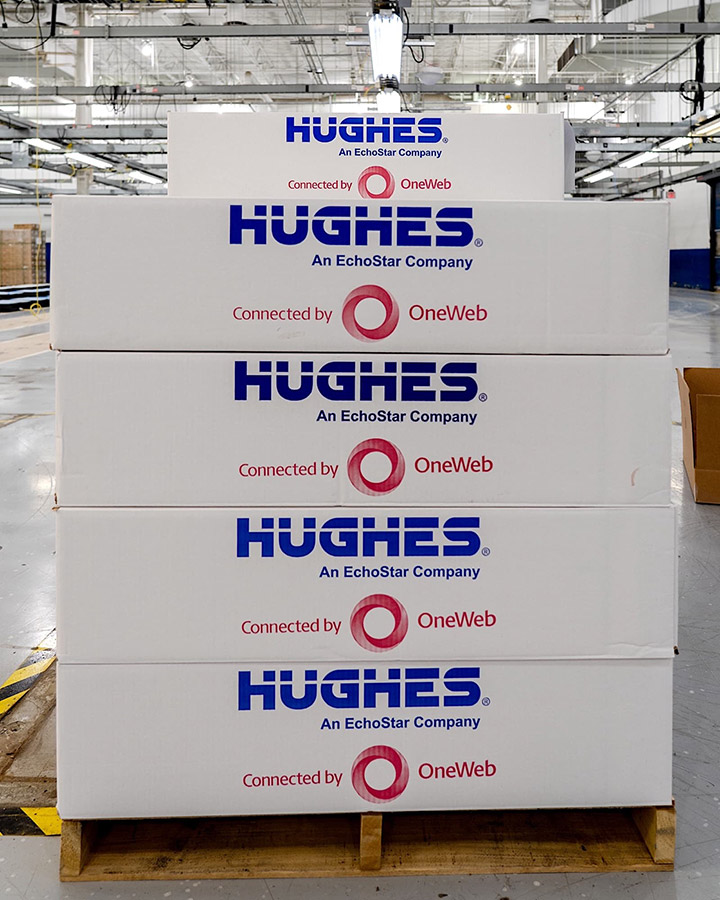 Pallets of OneWeb antennas awaiting shipment from Hughes. (Source: Hughes)
Pallets of OneWeb antennas awaiting shipment from Hughes. (Source: Hughes)
WASHINGTON — Staunch the hemorrhaging of consumer broadband subscribers to SpaceX Starlink, focus on enterprise markets that insist on service-level commitments that Starlink will not sign, and build its LEO business with OneWeb and other constellations.
That’s the strategy of EchoStar’s Hughes division as it remakes itself inside the merged EchoStar and Dish Network companies and makes maximum use of its Jupiter 3 broadband satellite, in service over the Americas since December.
In an interview, Hughes chief operating office Paul Gaske said that on the consumer side it will be a battle to win back the mid- and lower-end customers who have left Hughes because it did not have sufficient capacity to provide a stable video link. Jupiter 3 should help there.
The new focus on enterprise, with the showcase managed service contract with Delta Airlines for in-flight connectivity services, is aimed at businesses that want guaranteed service.
Hughes is a shareholder in the OneWeb LEO broadband network and a provider of OneWeb gateway Earth stations, where regulatory issues have delayed service in some areas. Hughes is also a provider of OneWeb electronically steered antennas, which began shipping in December.
 Paul Gaske, chief operating officer of EchoStar’s Hughes division. (Source: EchoStar)
Paul Gaske, chief operating officer of EchoStar’s Hughes division. (Source: EchoStar)
With Jupiter 3 in orbit, where on the consumer side can you recapture market share lost to Starlink?
Now that we have three satellites, Jupiters 1, 2 and 3, over time we will be equalizing capacity for users. For existing subscribers, before Jupiter 3 people got really squeezed in trying to watch Netflix. So we are going to fix that. With new customers , the key is you have to price it properly.
You can’t charge a Starlink price — $120 per month — in this market. For us there is a sweet spot between not making any money, and $120. The key with Jupiter 3 is we can finally give people the capacity to watch Netflix at night. That to me is the number one thing.
If the customer says, I have a good price and I can watch Netflix, that’s one thing. If ca customer says I have a good price but I can’t watch Netflix, that’s different. So we’ve fixed that problem. That’s the key to righting the ship. We can now wage that battle on the shrinkage of subs.
 (Source: Hughes)
(Source: Hughes)
And in Latin America?
The issue there is the following: Starlink has to charge a pretty good number in the US to have the business pay the bills. Then they can turn around and use their extra capacity to play the game at any price. Any dollars are good dollars.
So when you look at different countries, the affordability of any given customer, which is generally a rural or an exurban customer, is usually lower. They certainly can’t afford $120. So now you have a range. Can they afford $40 or $50 or $60?
So in any country with a customer set sensitive to price, the question is: What am I going to pay for Hughes terminal from Hughes versus the Starlink terminal? We know that at [Starlink’s] full terminal price, that’s a problem for them.
At the production volume, Starlink must have been able to get the unit costs down.
We don’t know the exact numbers. Obviously if you build 2.2 million of them, they are going to get some scale. The thing is, how much subsidy are you going to accept to get a customer that is going to pay you $40 or $50 a month?
You wouldn’t do a lot because you’re never going to get that back. So there is an economic sweet spot that goes along and continues. You certainly don’t have the ability to put out some premium price for a premium service. That’s not going to happen in that space. It’s finding this price point between the dollars per month and the gear.
In several countries, Starlink has entered the market at a certain price, realized it’s too high and then reduced prices substantially. Is that widespread?
Yes, they drop it a bit, and what we’ve seen is they get some subs and then come back to what they really want to get as a price. It’s incremental dollars. I don’t know what the business plan might be for a $180-billion market cap company. They have demonstrated a near-infinite ability to raise money at no cost.
Let’s stipulate that it ends one day. But you can’t know when.
No you can’t. But having said that, from what we see, if you start cutting the price in the US you undermine all of your margins. You could decide that today I am going to be $60 instead of $120. Tat’s an interesting idea. But how can you subsidize the rest of the world and cover your bills?
I think they’re doing pretty well in the US at $120 and would look at opportunities to make it $125 or $130 and so on, because that’s how they could get really good margins.
We are not going to chase that. We have a good offer for people in our market. They are not high-income people, mostly. They can get their Netflix and the other things they need and we can get price points from $60 to $100, for new and existing customers.
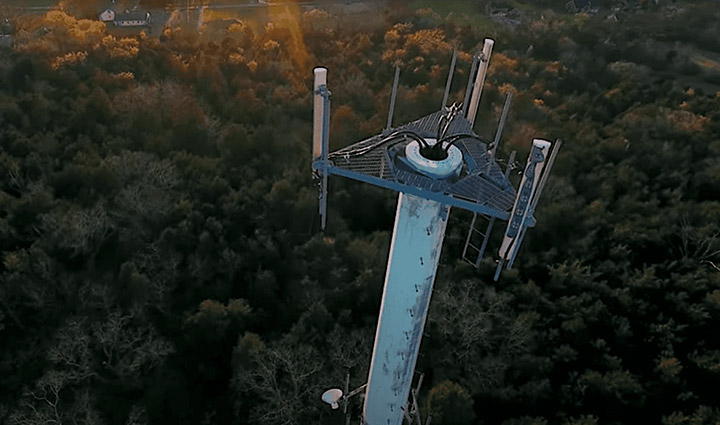 Amazon’s Kuiper Project’s go-to-market strategy will feature both direct-to-consumer sales and wholesale capacity agreements with mobile network operators to extend their existing coverage. (Source: Project Kuiper)
Amazon’s Kuiper Project’s go-to-market strategy will feature both direct-to-consumer sales and wholesale capacity agreements with mobile network operators to extend their existing coverage. (Source: Project Kuiper)
Amazon’s Project Kuiper is coming in a couple of years, and it presents you with a similar problem as Starlink: Vast scale and enough resources to take losses for awhile. Does that change things for you?
The change came with SpaceX. If it’s two of them I am not sure it changes that much. The question is also how Kuiper chooses to do distribution. That’s not totally understood yet. I don’t know that it’s going to be a, ‘Hey, click here and you get your unit,’ kind of distribution.
They have clear reasons to want to connect people for AWS activities.
For the consumer market, I have heard the argument that you give everybody free connections so they can buy 50 cents of goods on Amazon. I am not sure you would want to do that.
But they generally play more rationally, and you saw it when they started rationalizing the company last year. This is an entity that looks very closely at the financials.
But won’t Kuiper is competing with Starlink put downward pressure on prices in the consumer market, and really any market they’re in? What do you do then?
A couple of things: First is that we are shifting more to the enterprise business and in particular, we have a lot of LEO business with OneWeb. We’re showing our new antennas now and we’ve got pallets lined up at the door waiting to go out of all these antennas.
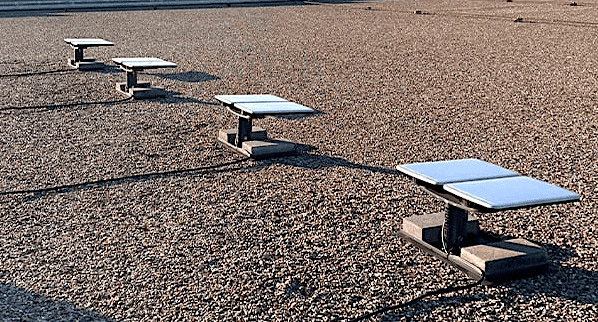 The Hughes OneWeb electronically steered antennas. (Source: Hughes)
The Hughes OneWeb electronically steered antennas. (Source: Hughes)
OneWeb recently reported late deliveries of gateway Earth stations, which Hughes provides, would limit revenue this year. What happened there?
We have been putting everything in on time. But there are countries like India, where you couldn’t get approval to build on a certain site. Then you couldn’t get approval to operate. There is a set of those countries like that. Whenever they clear the paperwork in those places, we put them up.
But it has delayed revenue, and you have to wonder who was supposed to figure out site location some time ago, but didn’t. Gateways are important.
I think they knew that. We were trying to install all the gateways and we had a schedule to put them in. And then as regulatory stuff popped up and wasn’t clearing, those locations had to be held. It’s really bureaucracy at work. Then they weren’t sure whether they were going to auction the spectrum, and then thankfully they decided not to. So that was a factor.
And your sense of its progress now?
It’s moving. And you’ll see us start to sell LEO services, in the US, to a number of customers we haven’t announced yet.
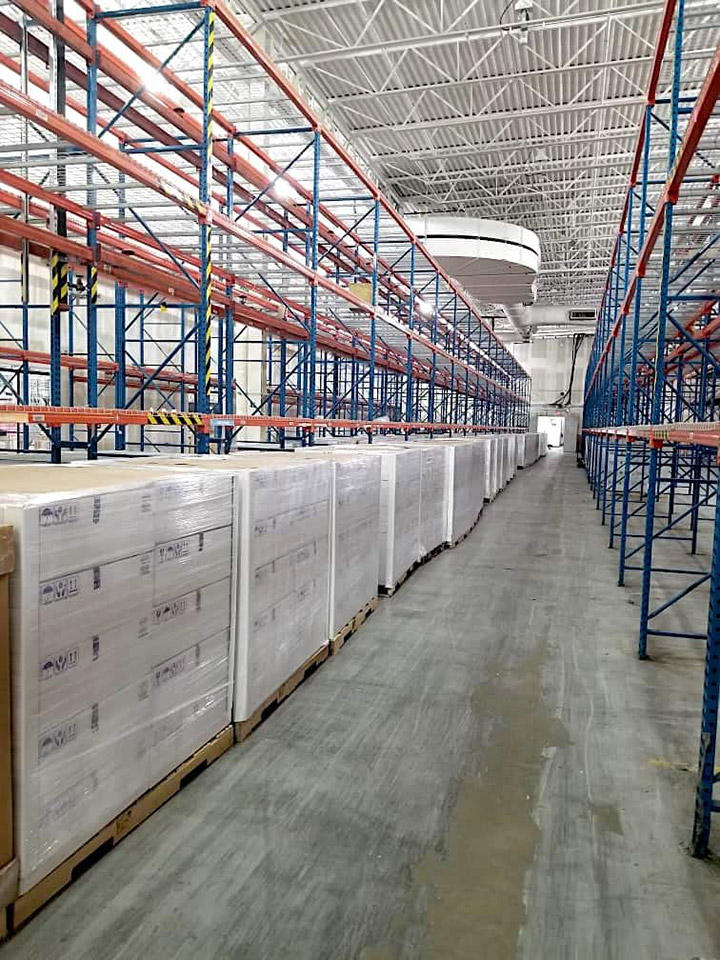 A wider view of Hughes OneWeb antennas being prepared for shipment. (Source: Hughes)
A wider view of Hughes OneWeb antennas being prepared for shipment. (Source: Hughes)
Land or maritime or aero?
Aero and land-mobile. There is a lot of space there for us to grow. And then, in the antenna business, the ESAs [electronically steered antennas], we have a really good aeronautical antenna that is just getting into certifications. We have the big contracts with Gogo Business Aviation. Those antennas and variants on them we think have a tremendous future in aeronautical.
Lots of competition there.
Yes but we like where we are. It’s a little bit like old Hughes before we got really strong in services. We had a lot of hardware businesses.
So imagine more enterprise services and then a whole lot more hardware business, especially in the LEO world. There is a lot more we could do there. There are a lot of constellations coming where we can perhaps have a terminal or do some other things. We think those are really strong areas for us. We have the engineers and the production capabilities and that’s where we’ll be headed.
There are a couple of markets where Committed Information Rates and Service-Level Agreements used to be important, until they weren’t when Starlink made an offer. Is there a large core of these markets that cannot do without a service guarantee?
Yes, and they are material. It depends on the application. In the US we see our enterprise business in two areas.
First, with customers that need a lot of facility backup. Most of our customers have two or three transports and we are the third, perhaps. And in an outage we could be primary. That’s a big application for us across the country.
And the second part is, when we put a network in, in maybe 10% of the sites, you really can’t find any broadband, even now .You are a smaller community, and there is no 5G. We sell a lot of 4G and 5G to customers in places where we can’t get reliable wireless coverage.
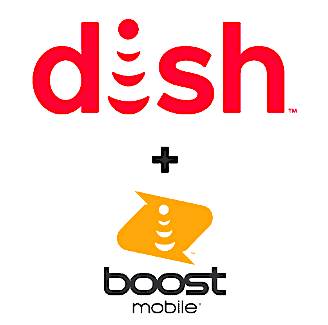 (Source: Dish Network)
(Source: Dish Network)
We use all the carriers and with our merger [with Dish Network] we will start using the Boost capabilities [Dish’s wireless access network] as well. With most of our customers we’ll put in a fixed wired line, then do wireless, and for those who want a lot, we’ll put in satellite as well. We can blend them and those are all good businesses for us.
In the managed service business, especially now with access to the 5G network, there are a lot of things we can do that we couldn’t do before. Before we were constrained and we had no owner economics. We’d buy a cable circuit and pay the cable guy almost full price.
But in the new world, we have the [Boost] 5G network we can draw on that has owner economics. We put in a circuit, we put in a service, and there is real margin. So that helps the business tremendously.
There’s also the issue of reputational damage that you and Viasat have suffered while waiting for new capacity, and Starlink has arrived.
AI don’t know what part of the Viasat 3 satellite they are putting over the US, but presumably they will do something similar to us. You’ve got a set of customers. If you have the capacity, they will like you. And you start rebuilding the brand.
We’ve had to do this before. But because of the extraordinary delay in this satellite, we didn’t get the capacity in time to protect against that. If you look at the time between Jupiter 1 and Jupiter 2, we were able to get it there in the nick of time and people were very happy. So we were able to keep growing.
There’s a little bit of a slowdown in each cycle but we were able to move on. This time we had this huge gap, and we also had the pressure with the Covid rush that came in, and consumption doubled, which you cannot put in any business model. If we had been on time with the satellite, we would have had it during the Covid rush, which would have been nice.
